January is a great time to start growing your own fruits and vegetables. Whether you live in a warm or cold climate, there are plenty of plants that can be grown during this month. Growing your own produce can be rewarding, providing fresh, healthy food for your family and helping to reduce your grocery bill.
In this article, we will discus What Kind of Plants to Grow in January in the United States.
Broccoli
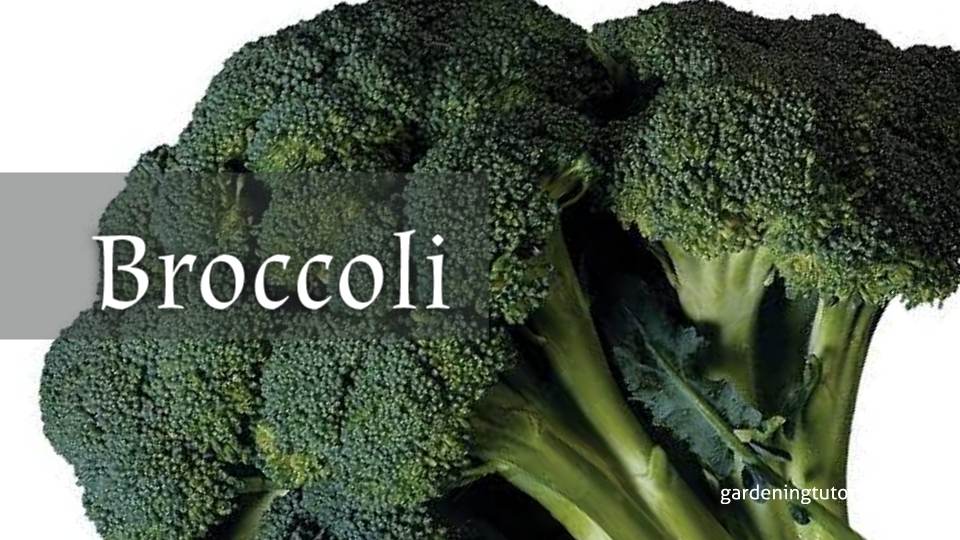
Broccoli is a cool-season crop that thrives in the cooler temperatures of January. This cruciferous vegetable is a great source of fiber, vitamins, and minerals. When grown in January, broccoli can be harvested in the spring, providing a fresh, healthy food source for your family.
Planting and care tips of Broccoli
To grow broccoli, plant seeds indoors or directly in the ground 6-8 weeks before the last frost. Broccoli requires well-drained soil that is rich in organic matter, and prefers a sunny location. Water regularly and fertilize every 2-3 weeks for best results.
Cauliflower
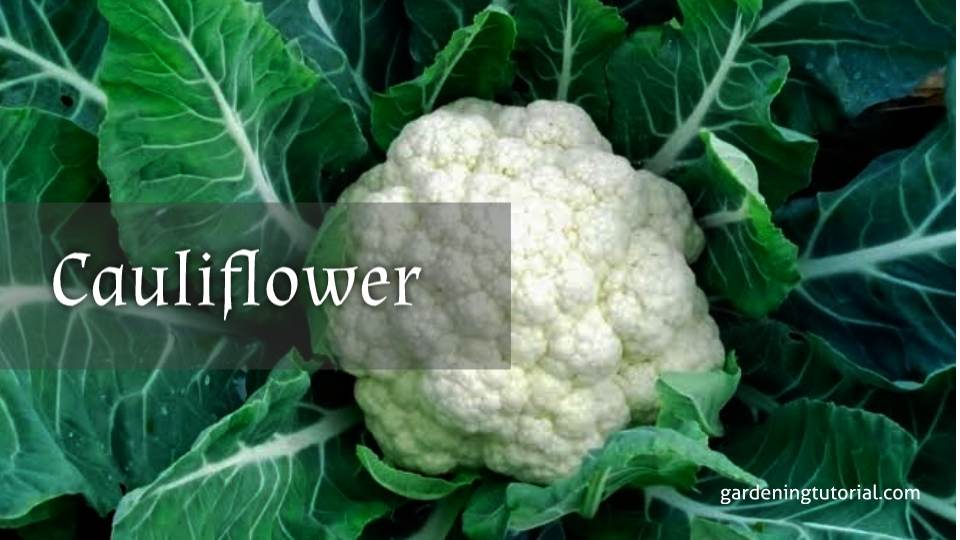
Cauliflower is another member of the cruciferous family that grows well in January. This cool-season crop is a great source of vitamins and minerals, and is a low-calorie food option. Like broccoli, cauliflower can be harvested in the spring, providing fresh food for your family.
Planting and care tips of Cauliflower
To grow cauliflower, plant seeds indoors or directly in the ground 6-8 weeks before the last frost. Cauliflower requires well-drained soil that is rich in organic matter, and prefers a sunny location. Water regularly and fertilize every 2-3 weeks for best results.
Kale

Kale is a hardy, cool-season vegetable that can be grown year-round in many parts of the country. This nutritious green is a great source of vitamins and minerals, and can be eaten raw or cooked. When grown in January, kale can be harvested in the spring, providing fresh food for your family.
Planting and care tips of Kale
To grow kale, plant seeds indoors or directly in the ground 6-8 weeks before the last frost. Kale prefers well-drained soil that is rich in organic matter, and grows well in both sunny and partially shady locations. Water regularly and fertilize every 2-3 weeks for best results.
Lettuce
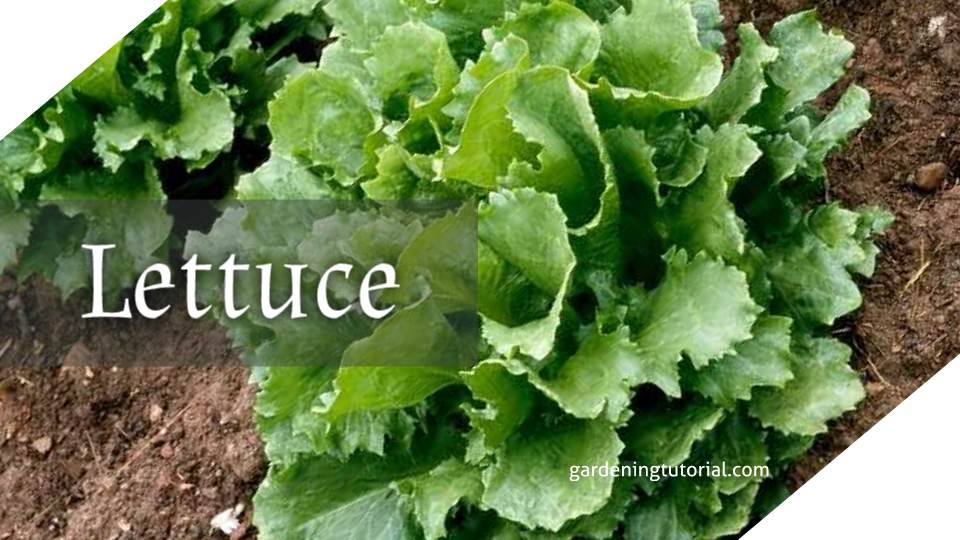
Lettuce is a cool-season crop that grows well in January in many parts of the country. This nutritious green is a great source of vitamins and minerals, and can be eaten raw or cooked. When grown in January, lettuce can be harvested in the spring, providing fresh food for your family.
Planting and care tips of Lettuce
To grow lettuce, plant seeds indoors or directly in the ground 6-8 weeks before the last frost. Lettuce requires well-drained soil that is rich in organic matter, and prefers a sunny or partially shady location. Water regularly and fertilize every 2-3 weeks for best results.
Mustard Greens
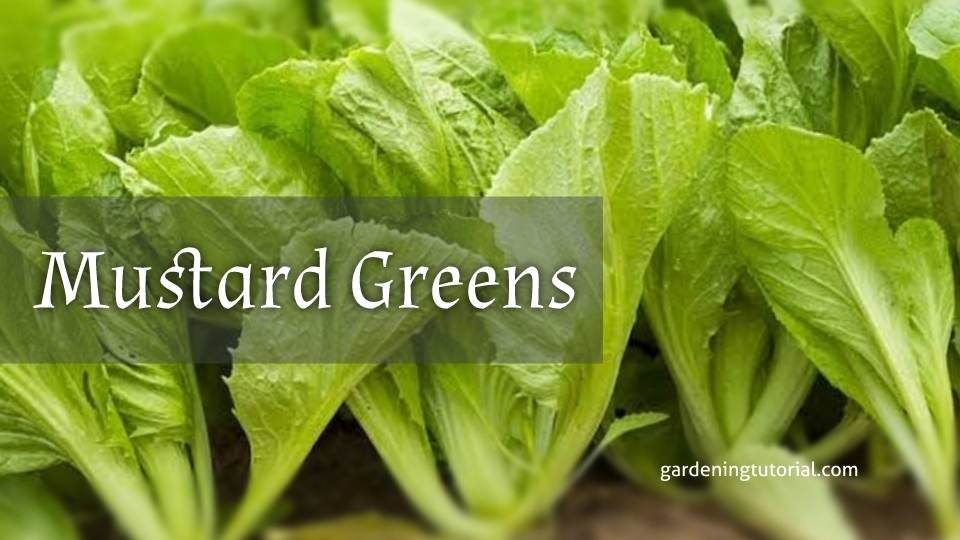
Mustard greens are a hardy, cool-season crop that grows well in January. This nutritious green is a great source of vitamins and minerals, and can be eaten raw or cooked. When grown in January, mustard greens can be harvested in the spring, providing fresh food for your family.
Planting and care tips of Mustard Greens
To grow mustard greens, plant seeds indoors or directly in the ground 6-8 weeks before the last frost. Mustard greens prefer well-drained soil that is rich in organic matter, and grow well in both sunny and partially shady locations. Water regularly and fertilize every 2-3 weeks for best results.
Peas

Peas are a cool-season crop that grows well in January in many parts of the country. This nutritious legume is a great source of fiber, vitamins, and minerals, and can be eaten raw or cooked. When grown in January, peas can be harvested in the spring, providing fresh food for your family.
Planting and care tips of Peas
To grow peas, plant seeds directly in the ground 6-8 weeks before the last frost. Peas prefer well-drained soil that is rich in organic matter, and grow well in a sunny location. Water regularly and fertilize every 2-3 weeks for best results.
Radishes
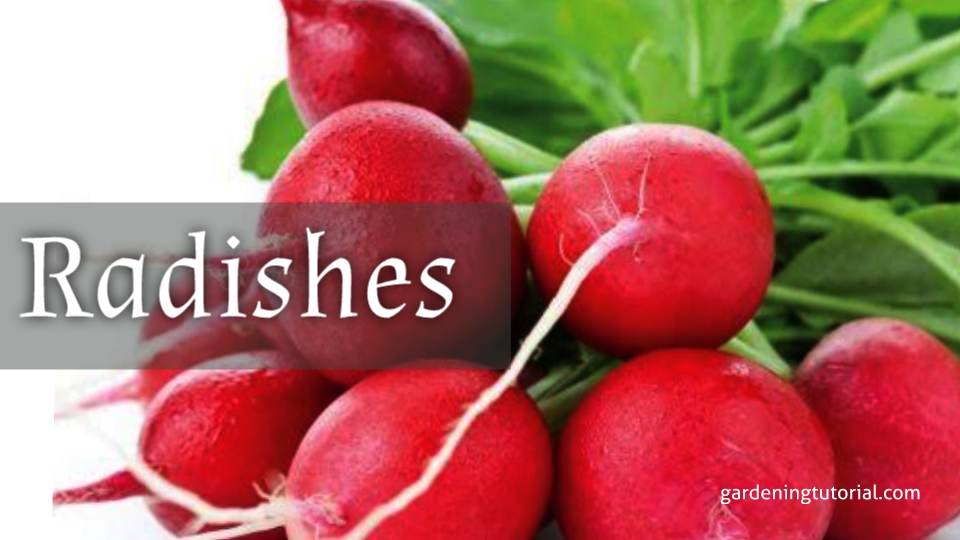
Radishes are a cool-season crop that grows well in January in many parts of the country. This nutritious root vegetable is a great source of fiber, vitamins, and minerals, and can be eaten raw or cooked. When grown in January, radishes can be harvested in the spring, providing fresh food for your family.
Planting and care tips of Radishes
To grow radishes, plant seeds directly in the ground 6-8 weeks before the last frost. Radishes prefer well-drained soil that is rich in organic matter, and grow well in a sunny location. Water regularly and fertilize every 2-3 weeks for best results.
Spinach
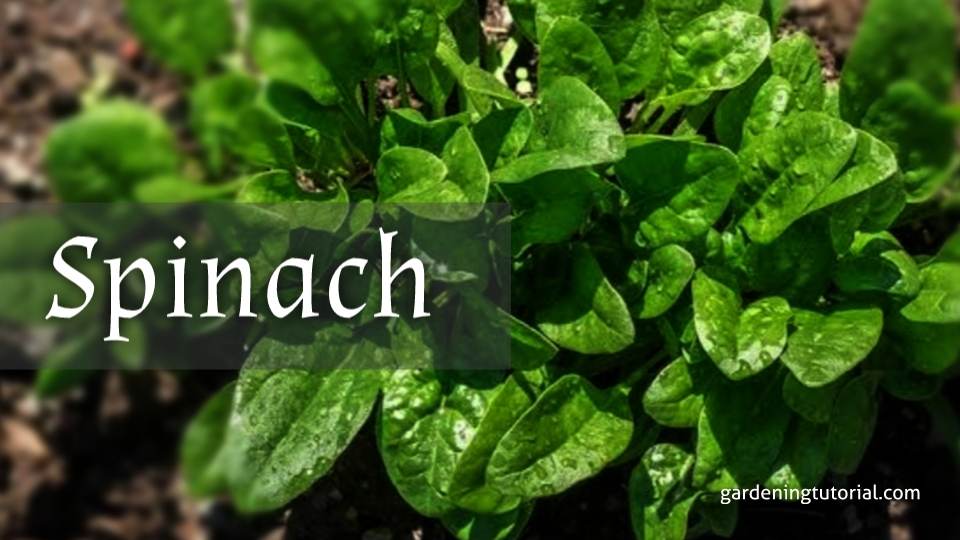
Spinach is a cool-season crop that grows well in January in many parts of the country. This nutritious green is a great source of fiber, vitamins, and minerals, and can be eaten raw or cooked. When grown in January, spinach can be harvested in the spring, providing fresh food for your family.
Planting and care tips of Spinach
To grow spinach, plant seeds directly in the ground 6-8 weeks before the last frost. Spinach prefers well-drained soil that is rich in organic matter, and grows well in both sunny and partially shady locations. Water regularly and fertilize every 2-3 weeks for best results.
In conclusion, January is a great time to start growing your own fruits and vegetables. Whether you live in a warm or cold climate, there are plenty of plants that can be grown during this month.
Growing your own produce can be rewarding, providing fresh, healthy food for your family and helping to reduce your grocery bill. By following the tips outlined in this article, you can successfully grow nutritious and delicious plants in your own backyard.
